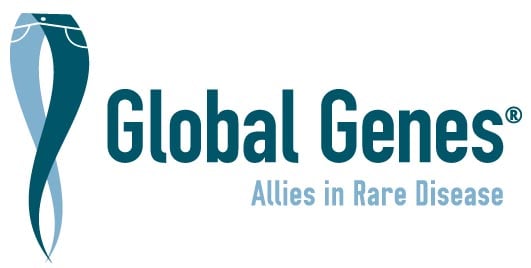Tubulinopathy-associated dysgyria
Synonyms: Brain stem asymmetry-superior cerebellar and basal ganglia dysplasia syndrome
A rare genetic central nervous system malformation characterized by dysplasia of the superior cerebellum (especially the vermis) brainstem asymmetry dysplasia of the basal ganglia and cortical irregularities with asymmetric abnormalities in gyral size and orientation as well as varying sulcal depth but without lissencephaly pachygyria or polymicrogyria. Clinically patients present global developmental delay with motor development usually being more affected that speech. Variable features are abnormal eye movements including oculomotor apraxia strabismus seizures and behavioral problems.
Data from Orphanet are used to provide information on a disease's name, synonym(s), and overview.
Reference: Access aggregated data from Orphanet at Orphadata.
Orphadata: Free access data from Orphanet. © INSERM 1999. Available on http://www.orphadata.org. Data version April 2024
Newly diagnosed with
Tubulinopathy-associated dysgyria?
Our RARE Concierge Services Guides are available to assist you by providing information, resources and connections as you navigate your rare disease journey.
Advocacy Organizations
COMBINEDBrain Inc
COMBINEDBrain is a consortium for outcome measures and biomarkers for neurodevelopmental disorders. We are collaborating to cure rare, non-verbal brain disorders.
Moonshots for Unicorns
Curing single-gene disorders
National Organization for Disorders of the Corpus Callosum
The NODCC has become the leading organization for disorders of the corpus callosum seeking to raise the profile, understanding and acceptance of these disorders through education, networking, advocacy, and being a catalyst for research.
Project CASK
To fund research for treatment and/or a cure for CASK Gene Disorder
Syndromes Without A Name (SWAN) Australia
Provide information, support and advocacy to families caring for a child with an undiagnosed or rare genetic condition.
Clinical Trials
For a list of clinical trials in this disease area, please click here.
